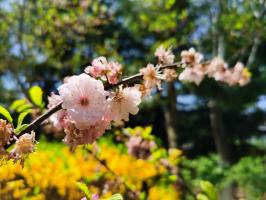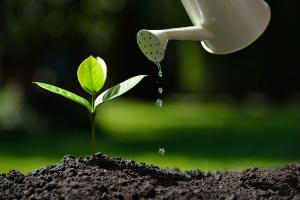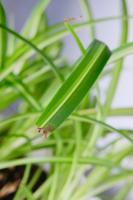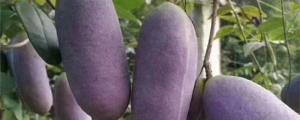Introduction
Cam plants, also known as Crassulacean acid metabolism (CAM) plants, have developed a unique mechanism to prevent water loss in order to survive in arid environments. CAM photosynthesis is a process by which carbon dioxide is fixed during the night and stored as an acid in the vacuoles of the cells. During the day, the acid is released and used for photosynthesis, which is crucial for the survival of these plants. In this article, we will discuss how cam plants prevent water loss.
Reducing Stomatal Transpiration
One way cam plants prevent water loss is by reducing stomatal transpiration. Stomata are small, specialized pores on the leaves that allow gas exchange between the plant and the atmosphere. However, they also allow for water loss through transpiration. Cam plants close their stomata during the day, which reduces the amount of water lost to the atmosphere. This allows cam plants to conserve water and survive in environments where water is scarce.
Storage of CO2
Another way cam plants prevent water loss is by storing CO2 at night. CAM plants take in CO2 during the night and store it as malic acid in their vacuoles. This allows the plants to fix carbon dioxide without exposing their stomata to the hot and dry daytime conditions. During the day, the malic acid is broken down, releasing CO2 for use in photosynthesis. This process reduces the amount of time that the stomata need to be open, which in turn reduces water loss.
Reducing Light Intensity
Cam plants also prevent water loss by reducing light intensity. In hot and dry environments, high light intensity can cause excessive water loss through transpiration. Cam plants reduce the amount of light that reaches their leaves by growing in dense clusters or by developing thick, waxy cuticles on their leaves. This reduces the amount of water lost through transpiration and helps cam plants survive in arid environments.
Conclusion
In conclusion, cam plants have developed unique mechanisms for preventing water loss, which allows them to survive in arid environments. CAM photosynthesis, storage of CO2, and reducing light intensity are some of the ways cam plants conserve water. By doing so, cam plants have been able to adapt and thrive in environments where other plants cannot survive. Further research on cam plants and their adaptations may lead to new insights and innovations for agriculture and conservation efforts in arid regions of the world.

 how many times do yo...
how many times do yo... how many planted tre...
how many planted tre... how many pine trees ...
how many pine trees ... how many pecan trees...
how many pecan trees... how many plants comp...
how many plants comp... how many plants can ...
how many plants can ... how many plants and ...
how many plants and ... how many pepper plan...
how many pepper plan...

































